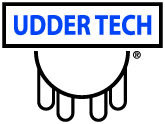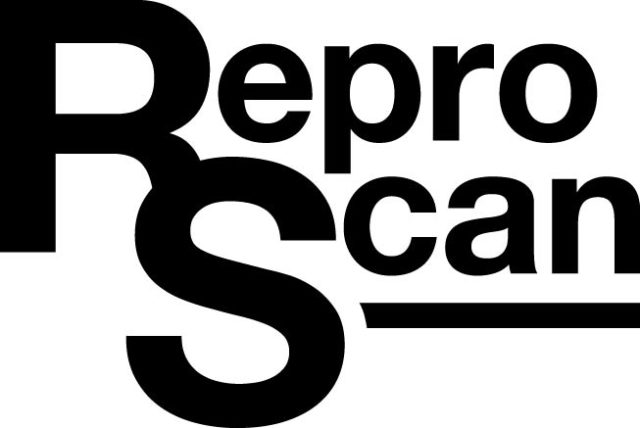We’ve argued the Bud Box versus crowd tub, the hot shot, the whip, the flag and a whole assortment of other tools, designs – and even argued over the right words we use to describe the finer points of cattle handling.
So why not add different varieties of backstops – or “no backs,” as many might call them. For the purposes of this article, I will refer to this critical part of our handling facility as a backstop.
If you have ever processed or loaded trucks with cattle through a chute facility and had them all back out, you understand the frustration it can cause if there is no way to avoid cattle from backing out of the chutes.

To prevent this calamity, stockmen have devised several forms of backstops. Some are as simple as placing a pole across the chute behind the last animal, and others are more formal with springs to allow a one-way flow of cattle or perhaps the type that hang above allowing cattle to flow underneath.
The goal is the same no matter what backstop you employ. But backstops come with a cost. Those of us who have used them will agree that they often impede the flow of cattle through the system, especially with the initial drafts.

Once a manure trail has been established, and cattle can see and follow other cattle, the flow improves, or at least as long as the flow coming in from the pens is uninterrupted. Depending upon design, they may make noise, give the appearance of a “fence” in front of the lead animal or cause cattle to balk upon first sight of the backstop.
After years of general observations, I began to look harder at each corral design, the method of stockmanship applied to cattle, chute design and backstop method employed – and have reached some more refined suggestions and thoughts on chute design and backstops.
What type of backstop works best?
The oldest method, which involves simply laying a pole across the chute behind an animal, has pros and cons. The biggest advantage of this method is that there is no backstop in the chute to prevent flow of cattle and creates the most open travel lane for cattle.
Cost is another advantage, as this is a very cheap form of backstop. Any cost-savings you get through not purchasing or building a good backstop and just using a pole may, however, get eaten away with medical bills or increased worker’s comp insurance premiums.

This is perhaps the most dangerous method, as many fingers, hands and legs have been damaged using poles as backstops.
One of the most commonly engineered backstops is a spring-loaded “arm” that works like a one-way swinging gate attached to the side of the chute. This is often an economical route to go but is perhaps the one most responsible for balking cattle and thus the electric prod coming into play.
Unfortunately, with this type of backstop, as cattle are flowing through the chute the backstop appears to be a barrier, like a fence (Photo 1) in front of the cattle, particularly lead cattle, and leads to an interruption in the flow of cattle and more pushing on cattle to keep moving.

Often we get irritated at the cattle for stopping but, in reality, we are the ones who put a big stop sign in front of them.
Top-mounted backstops allow for the most natural movement of cattle, as they can lower their heads and go under the backstop. This is a bit more natural for cattle to do.
Think of how they put their heads down and go under trees and limbs when navigating though brushy environments. (Remember the last time that old rip put her head down and took to the brush to get away from you?)
This system seems to impede flow the least of any backstop available, as it is designed to work more with cattle’s biological design. It is recommended to place a pad on the backstop to avoid bruising on the backs of cattle.

This also makes it more comfortable and thus creates a more positive chute experience. Remember, they don’t typically forget bad experiences.
How many do I need?
Many systems have too many backstops. Typically, cattle flow better if there is a backstop placed in the chute to allow two animals behind the squeeze.
This provides enough “ammunition in the magazine” for the processing crew and keeps them close enough to the squeeze to avoid excess foot travel. The total number of backstops needed will depend upon how long your chute is and how many animals can be placed in the chute.
With a typical ranch facility, drafts of six head will fill the chute, and only two backstops are needed – one placed at the entry to the chute and one that keeps two animals behind the squeeze. If possible, the chute needs to be designed so animals following can still see the animal at the backstop.
Will a backstop cause cattle to balk going into the chute?
Often, a complaint I hear about backstops involves the one placed at the entry to the chute to avoid cattle from backing into the crowd facility again. This is actually a simple problem to alleviate.
Open the backstop all the way until all cattle have entered the chute, then close the backstop behind them. This allows for a clear travel lane unencumbered by backstops. Another idea is to literally manufacture a gate that can be opened or closed as cattle enter the crowd facility and chute (Photo 3).

The right combination of stockmanship skills and facility design can go a long way toward making processing cattle safe and enjoyable. With cattle, less often gains you more. The more obstacles we create for cattle, the harder the process.
Fewer clanking backstops, fewer people and fewer steps involved make for a more harmonious outcome. ![]()
Step 1: Appropriate-size draft of cattle is brought through the crowd pen to the chute.
Step 2: Cattle approach chute from crowd pen. Note, gate at entrance to chute is open.
Step 3: Cattle approach chute from crowd pen. Note, gate at entrance to chute is open.
Step 4: Cattle flow through the squeeze in a steady and consistent manner.
PHOTO 1: When using a side-mounted backstop, cattle tend to view it as a “stop sign” right there in the chute, which is not ideal.
PHOTO 2: Top-mounted/drop-down backstops allow for cattle to flow underneath in a more natural manner.
PHOTO 3: In this system, a draft of six cows can be loaded with gate open, then closed after the last cow enters. Once there are two animals behind the squeeze and both are in front of the drop-down backstop, the rear gate is opened, and the handler can bring another draft of six head.
By the time the handler returns with six head to the crowd facility, only one cow is left in the chute and is standing at the backstop for “bait” for the other cattle. By the time the last cow goes into the chute, the first cow is entering the squeeze.
The flow of cattle never stops, cattle always have cattle in front of them, backstops are in place – but not so many as to create additional distractions. Photos by Billy and Marci Whitehurst.

-
Billy Whitehurst
- Extension Agent
- Montana State University
- Email Billy Whitehurst









